Home>Gardening & Outdoor>Pool & Spa Care>What Can I Use In My Hot Tub Instead Of Chlorine
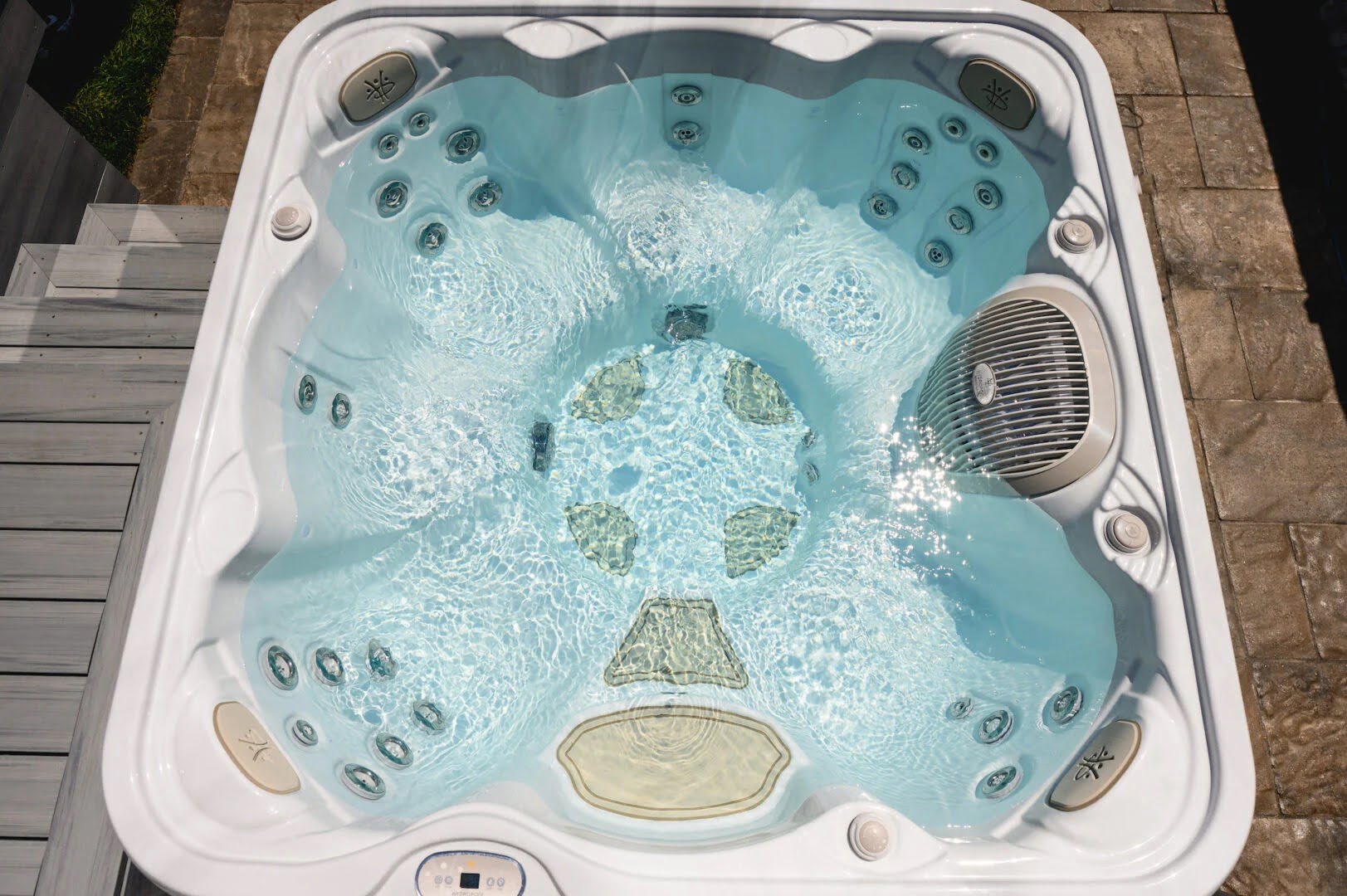

Pool & Spa Care
What Can I Use In My Hot Tub Instead Of Chlorine
Modified: February 26, 2024
Discover alternative options for maintaining your hot tub without chlorine. Explore eco-friendly pool and spa care solutions for a safer and more enjoyable experience.
(Many of the links in this article redirect to a specific reviewed product. Your purchase of these products through affiliate links helps to generate commission for Storables.com, at no extra cost. Learn more)
Introduction
So, you've got a fantastic hot tub, and you're ready to soak away the stresses of the day. But when it comes to keeping your hot tub water clean and safe, you might be wondering, "What can I use in my hot tub instead of chlorine?"
Chlorine is a common sanitizer for hot tubs, but it's not the only option. In fact, there are several alternatives to chlorine that can effectively keep your hot tub water clean and safe for soaking.
In this article, we'll explore a variety of options for hot tub sanitization beyond traditional chlorine. From saltwater systems and bromine to mineral sanitizers, ozone, UV-C light, non-chlorine shock, enzymes, and hydrogen peroxide, we'll delve into the pros and cons of each method. By the end, you'll have a good understanding of the alternatives to chlorine and be better equipped to choose the best option for your hot tub.
Whether you're looking to reduce the smell of chemicals, minimize skin and eye irritation, or simply explore different sanitization methods, there's a solution out there for you. Let's dive into the world of hot tub care and explore the many options available for keeping your hot tub water sparkling clean and inviting.
Key Takeaways:
- Say goodbye to traditional chlorine! Explore alternatives like saltwater systems, bromine, mineral sanitizers, ozone, UV-C light, non-chlorine shock, enzymes, and hydrogen peroxide for a more natural and gentle hot tub experience.
- Keep your hot tub clean and inviting with options beyond chlorine. From reduced chemical reliance to minimizing skin and eye irritation, there’s a sanitization method to suit every preference and enhance your soaking experience.
Saltwater Systems
Saltwater hot tub systems have gained popularity in recent years as an alternative to traditional chlorine-based sanitization. These systems utilize a salt chlorine generator, which converts salt into chlorine through a process called electrolysis. The chlorine produced in this way effectively sanitizes the water, providing a more natural and gentle soaking experience for hot tub users.
One of the primary benefits of saltwater systems is the reduced reliance on harsh chemicals. While chlorine is still present in the water, it is generated on an as-needed basis, resulting in lower overall chlorine levels. This can lead to a milder scent and reduced skin and eye irritation for hot tub users.
Additionally, saltwater systems are known for their ease of maintenance. Once the system is set up and calibrated, it requires minimal intervention, making it a convenient option for hot tub owners seeking a hands-off approach to water care.
However, it’s important to note that saltwater systems do require an initial investment for the equipment and installation. Furthermore, the corrosive nature of salt can pose challenges for certain hot tub components, potentially leading to increased maintenance costs over time.
While saltwater systems offer a more natural and low-maintenance approach to hot tub sanitization, it’s essential to weigh the upfront costs and potential long-term maintenance implications before making the switch from traditional chlorine-based methods.
Bromine
Bromine is another popular choice for hot tub sanitization, particularly for individuals who are sensitive to chlorine or prefer a more stable sanitizer in warmer water temperatures. Unlike chlorine, which can dissipate quickly in high heat, bromine remains effective at higher temperatures, making it well-suited for hot tubs and spas.
One of the key advantages of bromine is its resilience in the presence of sunlight. Unlike chlorine, which can be degraded by UV rays, bromine remains stable when exposed to sunlight, providing reliable sanitation for outdoor hot tubs.
Furthermore, bromine is known for its ability to create a more odorless soaking experience compared to chlorine. This can be particularly appealing for hot tub users who are sensitive to chemical odors or prefer a more subtle scent in their water.
It’s important to note that bromine is typically more expensive than chlorine, which can impact the overall cost of hot tub maintenance. Additionally, while bromine is effective at sanitizing hot tub water, it may require the addition of an oxidizing agent to break down organic contaminants, such as sweat and body oils, to maintain water clarity.
When considering bromine as a hot tub sanitizer, it’s essential to weigh the benefits of its stability in higher temperatures and resistance to sunlight against the potential cost implications and the need for supplemental oxidizers to maintain water quality.
Mineral Sanitizers
Mineral sanitizers offer a natural and gentle approach to hot tub water care, utilizing elements such as silver, copper, and zinc to inhibit the growth of bacteria and algae. These minerals are often released into the water through cartridges or floating dispensers, providing continuous sanitation without the need for high levels of traditional sanitizers like chlorine or bromine.
One of the key benefits of mineral sanitizers is their ability to reduce the reliance on harsh chemicals, resulting in a milder and more natural soaking experience for hot tub users. Additionally, mineral systems can help to prolong the life of hot tub equipment by minimizing the corrosive effects of high chlorine levels.
While mineral sanitizers can effectively control bacteria and algae, they are not typically designed to oxidize organic contaminants in the water. As a result, hot tub owners using mineral systems may need to supplement their sanitation routine with occasional non-chlorine shock treatments to maintain water clarity.
It’s important to monitor the mineral levels in the hot tub water regularly to ensure that the sanitizing elements remain at appropriate concentrations. Additionally, while mineral sanitizers offer a more natural and gentle approach to water care, they may not provide the same rapid disinfection capabilities as traditional chlorine or bromine, requiring a more proactive approach to water maintenance.
When considering mineral sanitizers for hot tub care, it’s essential to weigh the benefits of reduced chemical reliance and equipment protection against the potential need for supplemental oxidation treatments and proactive monitoring of mineral levels in the water.
Ozone
Ozone is a powerful oxidizing agent that is used in hot tubs to effectively sanitize the water and reduce the reliance on traditional sanitizers like chlorine or bromine. Ozone is generated by passing oxygen through a corona discharge or UV light, creating a highly reactive form of oxygen that can rapidly destroy bacteria, viruses, and organic contaminants in the water.
One of the key advantages of ozone is its ability to provide rapid and effective sanitation without leaving behind chemical residues or odors. This can lead to a cleaner and more natural soaking experience for hot tub users, reducing the potential for skin and eye irritation often associated with traditional sanitizers.
Furthermore, ozone can help to break down and remove organic contaminants in the water, contributing to improved water clarity and overall cleanliness. By reducing the organic load in the hot tub, ozone can also help to prolong the lifespan of other sanitizers, such as chlorine or bromine, by minimizing their workload.
While ozone is a powerful sanitizer, it is important to note that it is not a stand-alone solution for hot tub water care. Ozone is typically used in conjunction with a low level of chlorine or bromine to provide residual sanitation and ensure continuous water safety.
When considering ozone as a hot tub sanitizer, it’s important to assess the initial investment in ozone generation equipment and the ongoing operational costs. Additionally, regular maintenance and monitoring of the ozone system are essential to ensure its continued effectiveness in water sanitation.
Overall, ozone offers a powerful and natural approach to hot tub sanitization, providing rapid and effective water treatment while reducing the reliance on traditional chemical sanitizers.
Consider using bromine as an alternative to chlorine in your hot tub. Bromine is effective at killing bacteria and algae, and it is more stable in high temperatures, making it a great option for hot tubs.
UV-C Light
UV-C light, also known as ultraviolet germicidal irradiation, is a technology that has gained traction as a non-chemical method of hot tub water sanitation. UV-C light systems utilize ultraviolet light to disrupt the DNA of microorganisms, including bacteria, viruses, and algae, rendering them unable to reproduce and effectively sanitizing the water.
One of the key advantages of UV-C light is its ability to provide continuous and chemical-free sanitation for hot tub water. By using ultraviolet light to target and neutralize microorganisms, UV-C systems offer a natural and environmentally friendly approach to water care, free from the use of traditional sanitizers like chlorine or bromine.
Furthermore, UV-C light can help to improve water clarity by reducing the presence of microorganisms and organic contaminants. This can contribute to a cleaner and more inviting soaking experience for hot tub users, minimizing the potential for skin and eye irritation often associated with chemical sanitizers.
While UV-C light offers effective water sanitation, it’s important to note that it does not provide residual protection against future contamination. As a result, hot tub owners utilizing UV-C systems may need to supplement their sanitation routine with a low level of chlorine or bromine to maintain continuous water safety.
When considering UV-C light for hot tub water care, it’s essential to evaluate the initial investment in UV-C system installation and the ongoing operational costs. Additionally, regular maintenance and monitoring of the UV-C system are crucial to ensure its continued effectiveness in water sanitation.
Overall, UV-C light presents a chemical-free and environmentally friendly approach to hot tub sanitization, offering continuous and effective water treatment while minimizing the reliance on traditional chemical sanitizers.
Non-Chlorine Shock
Non-chlorine shock treatments offer an alternative approach to hot tub water maintenance, providing a powerful oxidizing treatment without the use of traditional chlorine-based shock products. These non-chlorine shock treatments typically utilize potassium peroxymonosulfate or MPS as the active ingredient, effectively oxidizing organic contaminants and restoring water clarity.
One of the key advantages of non-chlorine shock is its ability to break down and remove organic compounds, such as sweat, oils, and other contaminants, without the residual effects of chlorine-based shock treatments. This can lead to a cleaner and more natural soaking experience for hot tub users, reducing the potential for skin and eye irritation often associated with traditional shock products.
Additionally, non-chlorine shock treatments do not contribute to the buildup of chloramines, which are known to cause chemical odors and skin irritation. By utilizing MPS as the oxidizing agent, hot tub owners can maintain water clarity and quality without the drawbacks associated with chlorine-based shock treatments.
It’s important to note that while non-chlorine shock treatments are effective at oxidizing organic contaminants, they do not provide continuous sanitation or residual protection against future contamination. As a result, hot tub owners using non-chlorine shock may need to supplement their water care routine with a low level of chlorine, bromine, or other sanitizers to ensure ongoing water safety.
When considering non-chlorine shock for hot tub maintenance, it’s essential to evaluate the frequency of shock treatments based on hot tub usage and bather load. Regular testing of water chemistry and the proactive use of non-chlorine shock can help maintain water clarity and quality without the reliance on traditional chlorine-based shock products.
Overall, non-chlorine shock treatments offer a gentle and effective approach to hot tub water maintenance, providing powerful oxidation without the residual effects of traditional chlorine-based shock products.
Enzymes
Enzymes have emerged as a popular alternative for hot tub water care, offering a natural and gentle approach to breaking down organic contaminants and maintaining water clarity. These specialized enzymes work to digest oils, lotions, and other organic materials that can accumulate in hot tub water, effectively reducing the potential for scum lines and cloudy water.
One of the key advantages of using enzymes in hot tub maintenance is their ability to target and break down organic compounds without the use of traditional sanitizers like chlorine or bromine. By harnessing the power of enzymes, hot tub owners can enjoy a more natural and environmentally friendly approach to water care, free from the harsh effects of chemical sanitizers.
Additionally, enzymes can help to minimize the formation of biofilm, a slimy layer that can develop on hot tub surfaces and plumbing. By reducing the accumulation of organic materials, enzymes contribute to cleaner and more hygienic hot tub water, enhancing the overall soaking experience for users.
It’s important to note that while enzymes are effective at breaking down organic contaminants, they do not provide continuous sanitation or residual protection against future contamination. As a result, hot tub owners using enzymes may need to supplement their water care routine with a low level of chlorine, bromine, or other sanitizers to ensure ongoing water safety.
When considering enzymes for hot tub water care, it’s essential to follow the manufacturer’s recommendations for dosage and application. Regular testing of water chemistry and the proactive use of enzymes can help maintain water clarity and quality without the reliance on traditional chemical sanitizers.
Overall, enzymes offer a natural and environmentally friendly approach to hot tub water maintenance, providing effective breakdown of organic contaminants while minimizing the need for harsh chemical sanitizers.
Hydrogen Peroxide
Hydrogen peroxide has gained attention as an alternative sanitizer for hot tub water care, offering a non-chlorine-based approach to disinfection and oxidation. As a powerful oxidizing agent, hydrogen peroxide effectively breaks down organic contaminants and provides residual sanitation, contributing to clean and clear hot tub water.
One of the key advantages of using hydrogen peroxide in hot tub maintenance is its ability to provide continuous oxidation and residual protection without the reliance on traditional chlorine or bromine. This can lead to a milder and more natural soaking experience for hot tub users, minimizing the potential for skin and eye irritation often associated with chemical sanitizers.
Furthermore, hydrogen peroxide does not produce chloramines, the chemical compounds responsible for typical chlorine odors and skin irritation. By utilizing hydrogen peroxide as a sanitizer, hot tub owners can maintain water clarity and quality without the drawbacks associated with traditional chlorine-based products.
It’s important to note that while hydrogen peroxide offers effective oxidation and residual sanitation, it may require higher concentrations compared to traditional chlorine or bromine. Hot tub owners using hydrogen peroxide should carefully follow dosage recommendations and regularly test water chemistry to ensure proper sanitation levels.
When considering hydrogen peroxide for hot tub water care, it’s essential to evaluate the initial investment and ongoing operational costs. Regular monitoring of hydrogen peroxide levels and water chemistry is crucial to ensure its continued effectiveness in water sanitation.
Overall, hydrogen peroxide offers a non-chlorine-based and effective approach to hot tub water maintenance, providing continuous oxidation and residual protection while minimizing the reliance on traditional chemical sanitizers.
Conclusion
When it comes to maintaining a clean and inviting hot tub, the options for sanitization extend far beyond traditional chlorine. From saltwater systems and bromine to mineral sanitizers, ozone, UV-C light, non-chlorine shock, enzymes, and hydrogen peroxide, hot tub owners have a diverse array of alternatives to consider.
Each sanitization method offers its own set of advantages and considerations, providing hot tub owners with the flexibility to choose a solution that aligns with their preferences and needs. Whether it’s reducing the reliance on harsh chemicals, minimizing skin and eye irritation, or exploring more natural and environmentally friendly options, there’s a sanitization method to suit every preference.
It’s important for hot tub owners to carefully evaluate the pros and cons of each sanitization method, considering factors such as initial investment, ongoing maintenance, water quality, and user experience. By understanding the unique characteristics of each option, hot tub owners can make informed decisions that align with their priorities and values.
Ultimately, the goal of hot tub sanitization is to create a clean, safe, and enjoyable soaking experience for users. Whether it’s the gentle approach of mineral sanitizers, the rapid disinfection of ozone, or the continuous oxidation of hydrogen peroxide, each method plays a vital role in maintaining water quality and user satisfaction.
By exploring the diverse range of alternatives to chlorine, hot tub owners can find a sanitization method that not only meets their water care needs but also enhances their overall hot tub experience. With the right approach to sanitization, hot tub owners can look forward to many relaxing and enjoyable soaks in their sparkling clean and inviting hot tubs.
Frequently Asked Questions about What Can I Use In My Hot Tub Instead Of Chlorine
Was this page helpful?
At Storables.com, we guarantee accurate and reliable information. Our content, validated by Expert Board Contributors, is crafted following stringent Editorial Policies. We're committed to providing you with well-researched, expert-backed insights for all your informational needs.
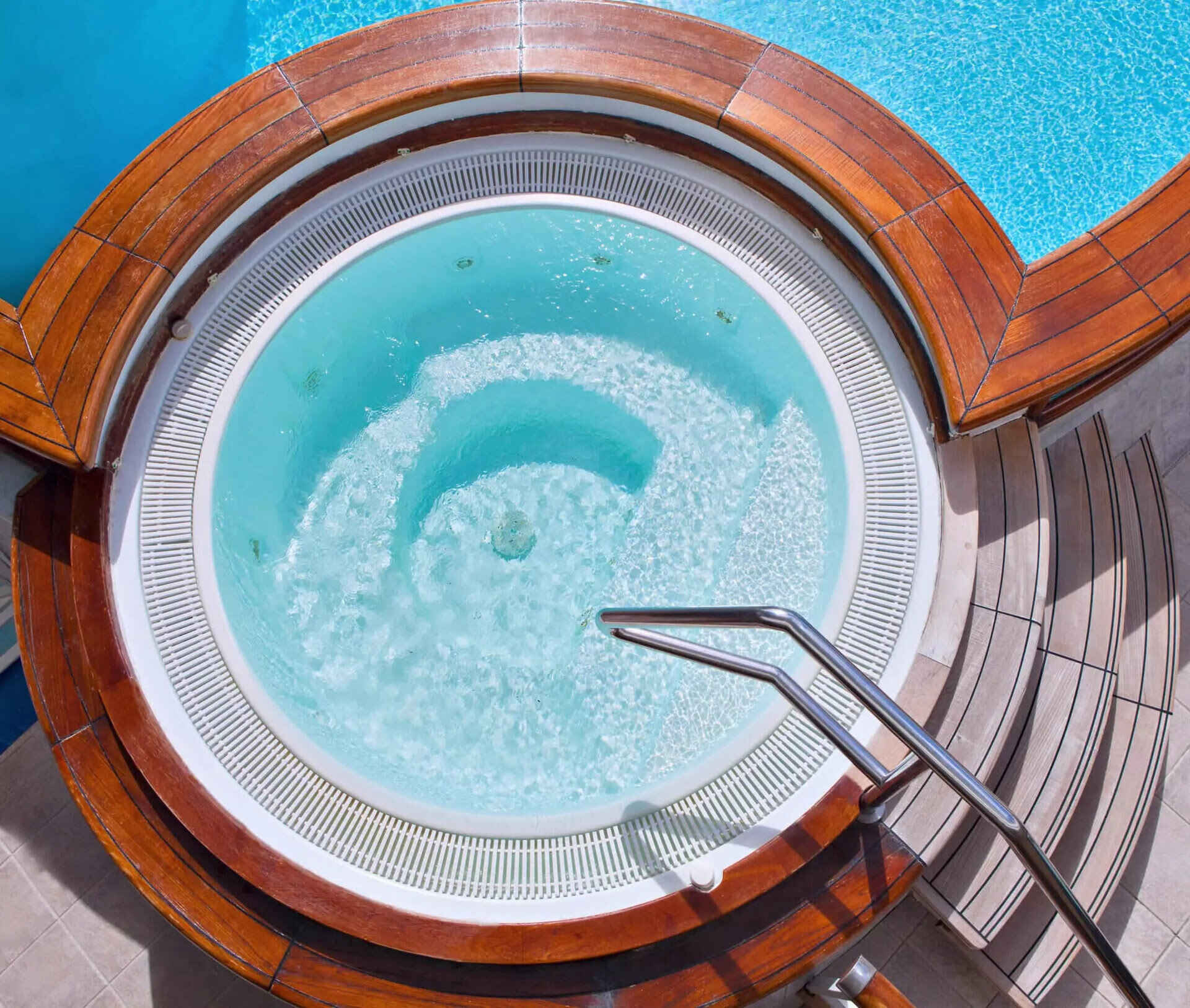


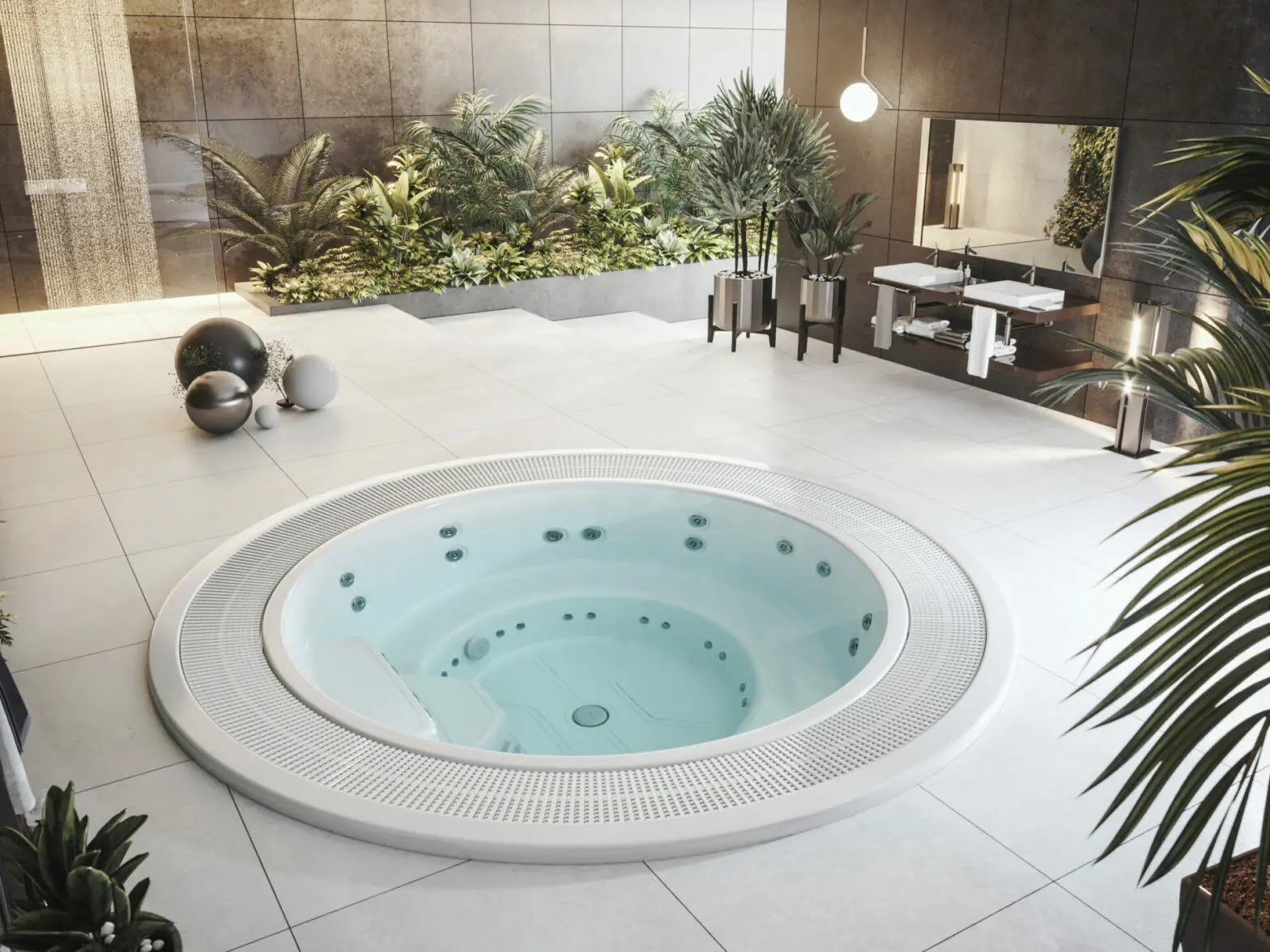
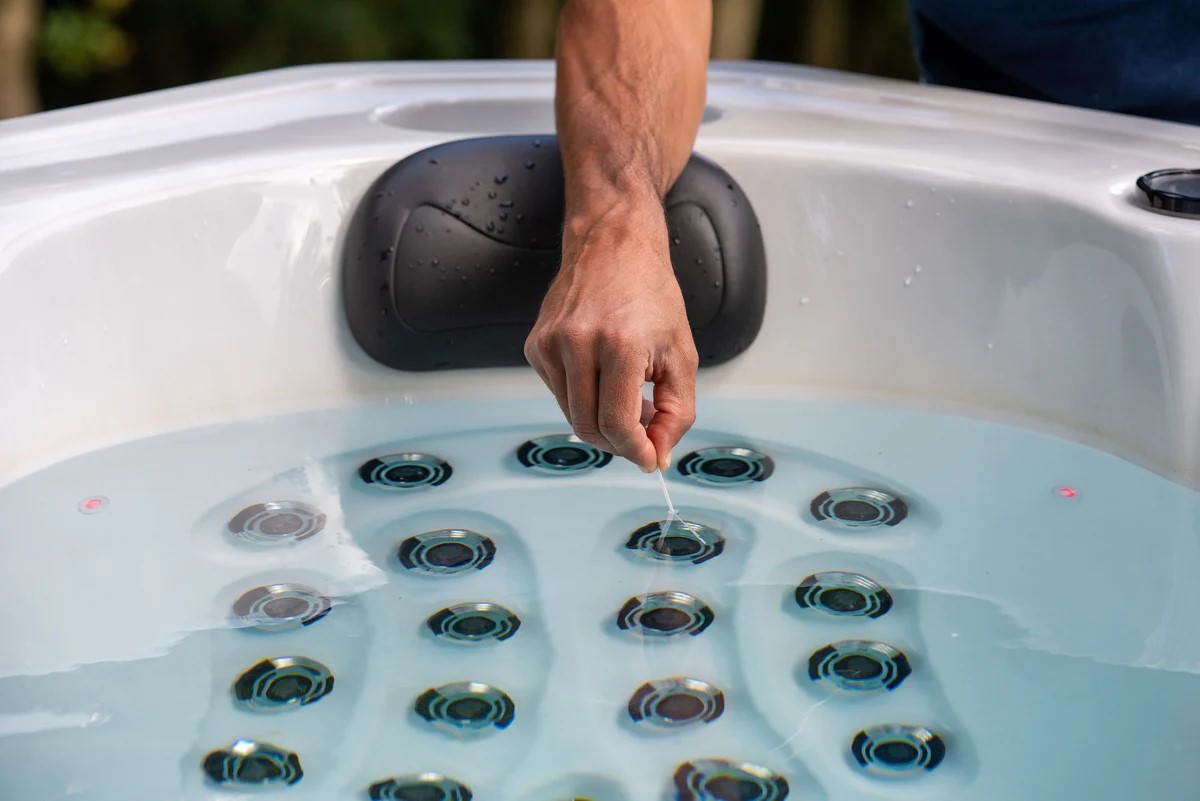
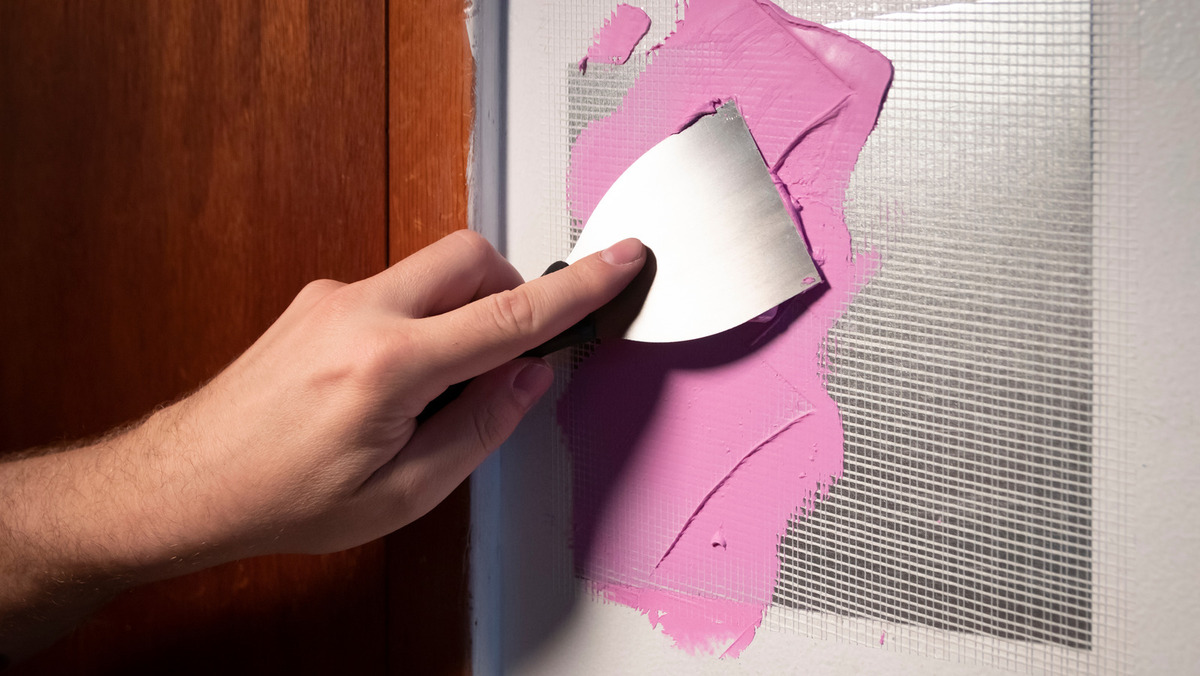




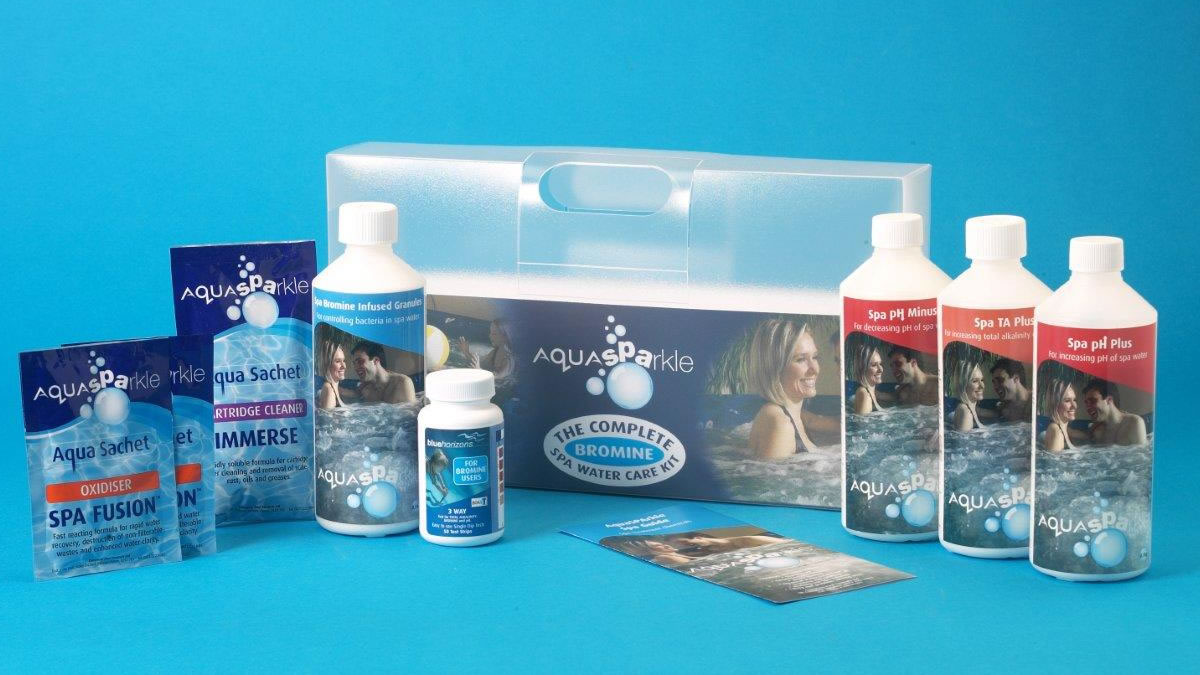

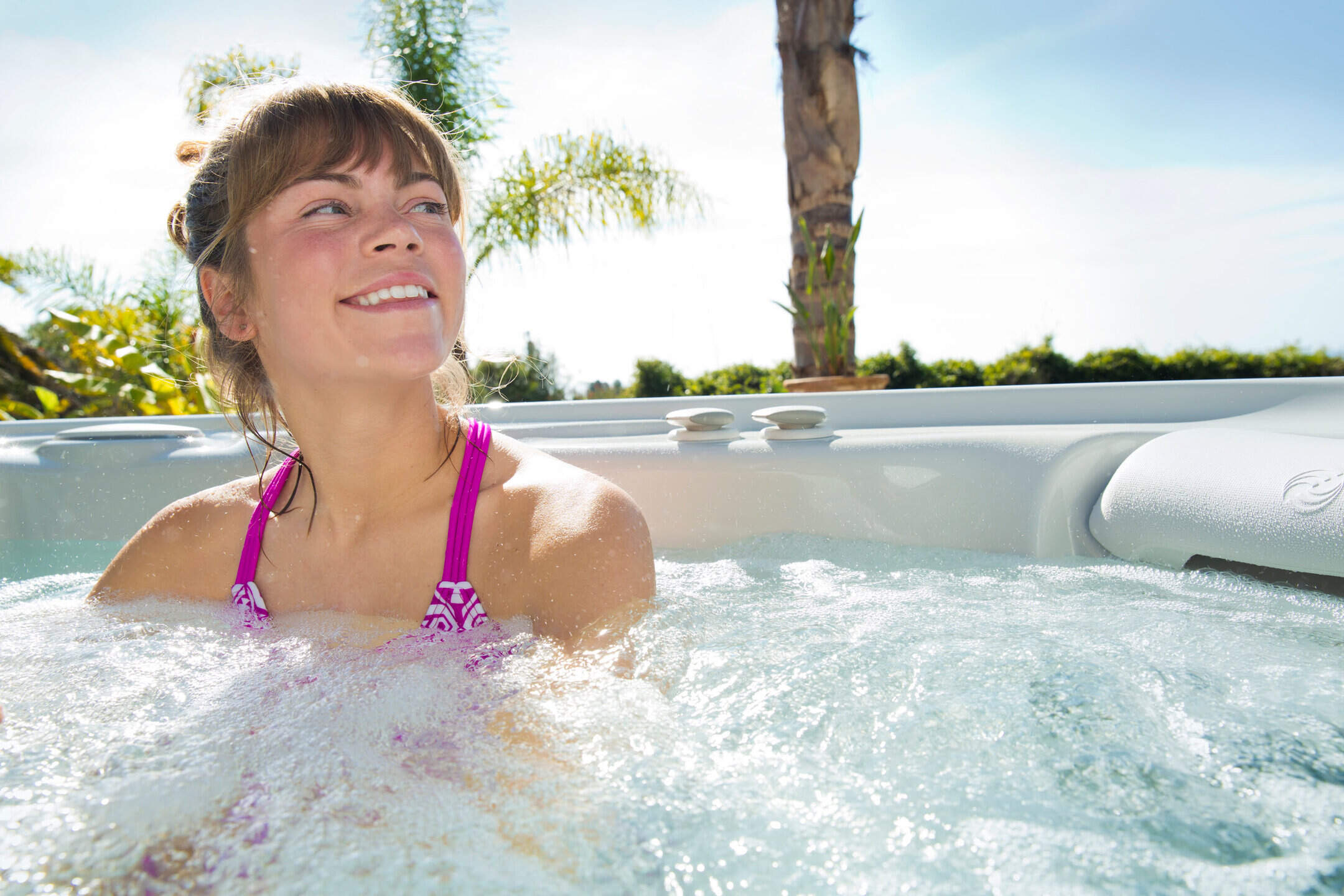

0 thoughts on “What Can I Use In My Hot Tub Instead Of Chlorine”